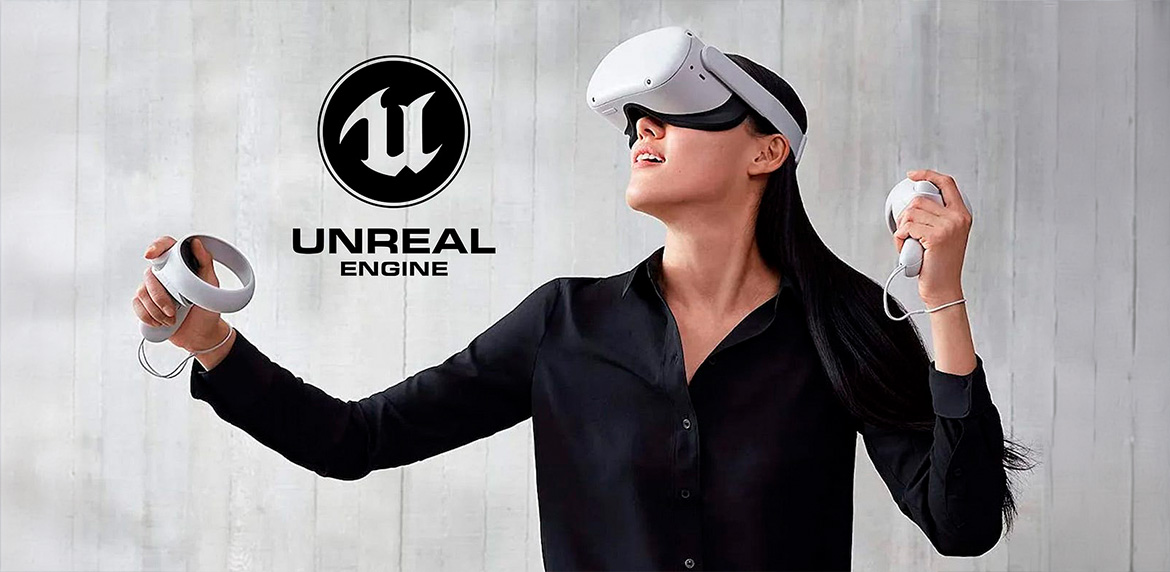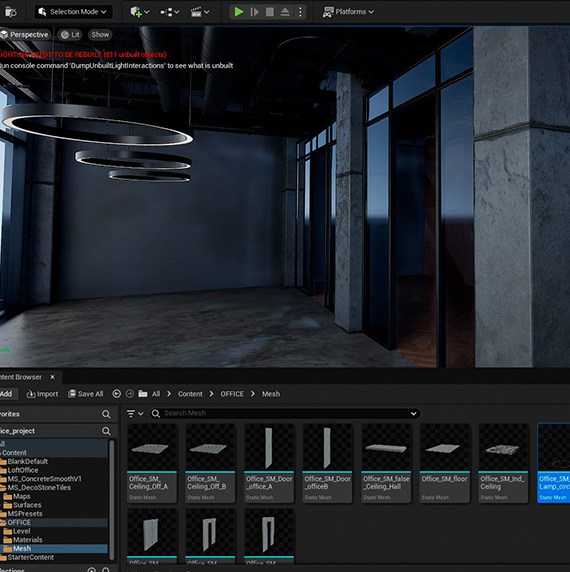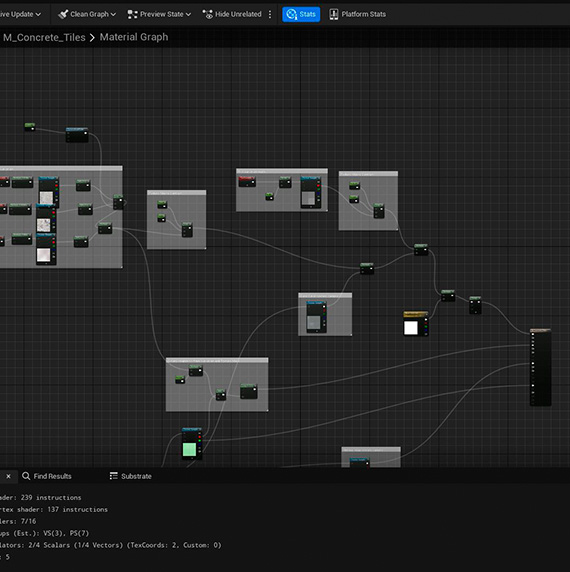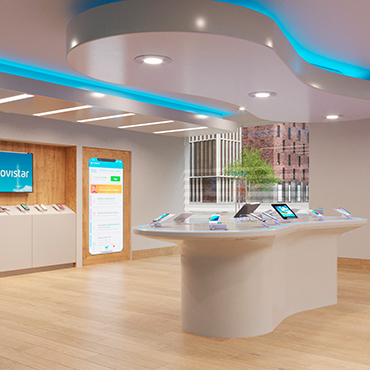Virtual Reality Transforms Architecture
Exploring the Impact of Unreal Engine on Architectural Design
Virtual reality (VR) has revolutionized numerous industries, but none as profoundly as architecture. With the adoption of Unreal Engine, architects and designers can now visualize their projects with an unprecedented level of detail and authenticity.
This advancement allows not only for better project presentations but also the ability to explore and assess spatial and aesthetic impacts in real time, which was previously possible only at very advanced stages of design. Thus, Unreal Engine is changing the game in architectural design, enabling experiments and adjustments in early phases, resulting in more efficient processes and refined outcomes.
Furthermore, the integration of VR with Unreal Engine enables a complete immersion into the designed spaces, helping both creators and clients gain a deeper, more emotional understanding of architectural projects before their physical construction.



The New Era of Architectural Design
Unreal Engine, with its powerful real-time creation and simulation platform, offers a window into worlds yet unbuilt. The ability to explore an architectural space in VR before it physically exists is more than a competitive edge; it's a revolution in the conceptualization and presentation of projects.
Preview Visualization and Informed Decisions
The main advantage of VR in architecture is the ability to "live" a space before it's constructed. Unreal Engine allows designers and clients to walk through a building, understand spatial relationships, and experience the light and texture of materials as if they were already there. This immersive experience facilitates more informed decision-making and real-time design adjustments.
Enhanced Collaboration
With Unreal Engine, teams can collaborate on a VR model from remote locations, enhancing interactivity over traditional media. Design reviews become interactive sessions, where instant changes can be discussed in a virtual collaborative environment.
Rapid Prototyping and Dynamic Presentations
Unreal Engine accelerates the prototyping process. Architects can quickly create and modify 3D prototypes, allowing for faster iterations and more experimentation in design. Presentations to clients and stakeholders thus reach a new level of dynamism and detail, facilitating a deeper understanding of the project.
Cost and Time Reduction
VR visualization with Unreal Engine can significantly reduce prototyping costs and design interpretation errors. By accurately visualizing what a structure will look like, costly mistakes and misunderstandings that often occur with traditional plans or models can be avoided.
This saving is evident in several key areas. First, detailed and life-size visualization allows designers and clients to see and modify design aspects before construction begins. This minimizes last-minute revisions that are often costly and can significantly delay a project's schedule.
Moreover, by using VR for virtual tours, clients can make more informed decisions quickly, reducing the approval cycle and consequently shortening the project development time. Design iterations can be performed in a matter of hours instead of days, thanks to the ability to adjust and visualize changes in real time within the virtual environment.
Using Unreal Engine also facilitates collaboration among multiple stakeholders, regardless of their geographical location. Teams can enter the same virtual environment and experience the design together, fostering more effective communication and faster decisions, avoiding the costly communication errors that often occur in large projects.
Finally, the impact on cost reduction is not only direct in terms of less material waste and fewer delays; it also extends to aspects such as training and safety. With VR simulations, workers can be trained on safe and efficient procedures before setting foot on the construction site, reducing the risk of accidents and the costs associated with them.
Training and Education
Unreal Engine is not only a tool for practicing professionals, but it is also redefining architectural education. Students can immerse themselves in interactive design environments, learn about construction and spatial design in a virtually real context, and develop crucial skills in a zero-risk environment.
Conclusion
VR powered by Unreal Engine is more than just visualization; it is a complete experiential experience. As the technology progresses, we can expect to see how Unreal Engine continues to lead with innovations that push the boundaries of what is possible in architecture and design. For studios and professionals looking to stay at the forefront, adopting Unreal Engine in their VR workflow is not only smart but essential for the future of building and architectural design.
Latest News All Articles

Unreal Engine 5: The Superior Choice for Architectural Visualization
We explore why Unreal Engine 5 (UE5) is becoming ...

Exploring Spaces with 3D Web Virtual Tours: The Best Tools..
3D web virtual tours have opened a window to the world...

The Competitive Advantage of Virtual Reality
The real estate industry is in the midst of a digital transformation...
